Worldwide, 473 million people suffer from a rare disease1. But every single one of these diseases is not frequent at all – with some just occurring in a handful of patients. Regulatory pathways and incentives for drug development in rare diseases have facilitated the development of drugs for these indications, both by large pharma companies as well as by many biotechs.
In today’s blog post, we want to highlight something that is not often in focus when talking about rare diseases: how these conditions, and the pathophysiological pathways behind them, can bring about a better understanding of human health and disease not only in the specific rare disease, but also for other conditions. This is arguably helped by the fact that many of these conditions affect a single physiological process – and, of course, close to 40% of all rare diseases have a genetic etiology.
Even though patients’ phenotypes in these conditions can be highly variable, the absence (relatively) of other concurrent diseases frequently enables hypothesizing about the role of the relevant pathophysiology in other conditions. A recent example has been published2 for lysosomal storage disorders, where mutations in genes for lysosomal function can lead to several rare diseases, but whose mechanisms could be similarly relevant in cardiovascular and neurogenerative disease, diabetes, and cancer.
We have discussed two rare diseases, IPF and systemic sclerosis, earlier on in our blog series. The ultimate phenotype in both diseases is fibrotic remodelling and an excess in collagen deposition in the lung, the skin, and other tissues. The cause of these pathologies so far remains unclear, but the many different mechanisms investigated may eventually help understand fibrotic remodelling in non-rare indications, like cardiac or liver fibrosis, as well.
At TherapeutAix, we can help your drug development projects across a wide range of indications: we believe that considering the mechanisms of the disease and the drug candidate is a strong foundation for a development plan, generating translational confidence and building a value proposition. Find out more about our work.
Find out more about Rare Disease Day
1 Ferreira Am J Med Genet 2019;1
2 Marques J Cell Sci 2019;132

